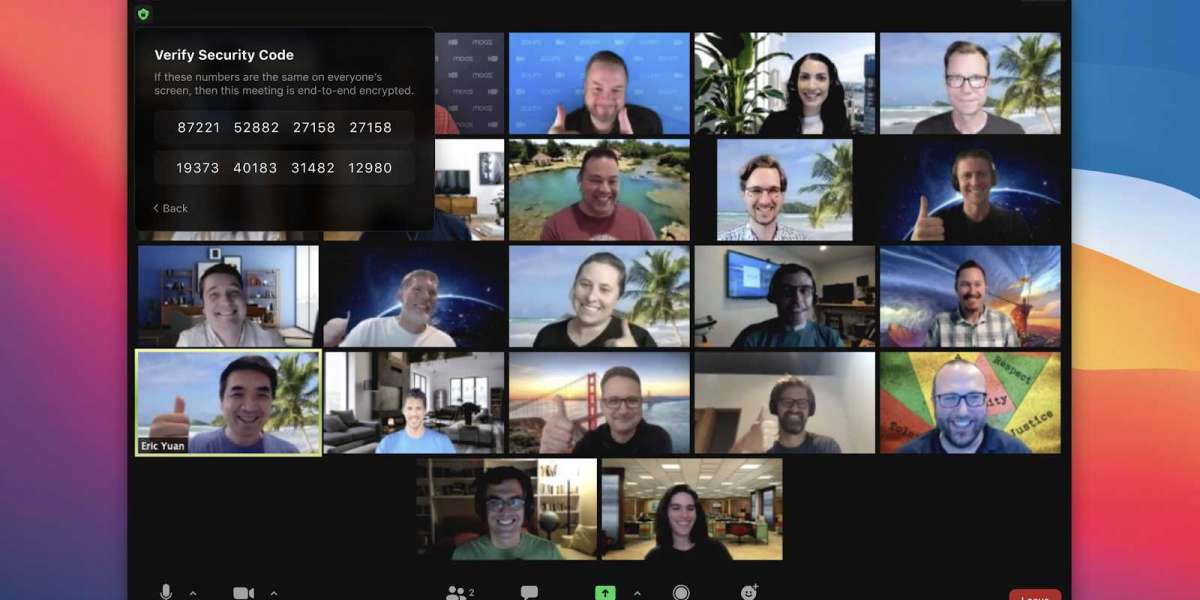In this article, we will discuss how you can enable end-to-end encryption on Zoom. Recently, the company has announced the most-awaited facility on Zoom, End-to-End encryption (E2E). This facility will be available for free and paid users, which is undoubtedly an appreciable work by Zoom. Users can enable this new facility by validating their identity using their contact number. Let us proceed further to know more about End-to-End Encryption and the steps to enable it.

In the below-mentioned paragraphs, we have discussed the steps to enable end-to-end encryption for both individual users as well as groups or enterprise users. Alongside all that, we have mentioned some of the points that you need to consider while you use E2E.
Enable End-to-End Encryption on Zoom for Individuals
You can follow the below-mentioned steps to enable end-to-end encryption for Individual users on Zoom:
- The end-to-end encryption can be enabled only with the help of the web portal. So, you need to open the “Settings” page of Zoom from your browser and further proceed to the “Meeting” tab.
- You need to then enable the toggle button for “Allow use of end-to-end encryption” and provide your contact number.
- Once you have entered your phone number, click on “Send Verification Code.”
- You will receive a one-time code for your registered number in a while. You need to type it and further click on “Verify.”
- This will finally enable End-to-End encryption for individual users.
- You can also set “End-to-End encryption” as your default encryption type.
- A green shield logo on the upper-left corner will appear, denoting that your Zoom meeting is now End-to-End encrypted. Please be noted that the GCM encryption also displays a green shield, but rather it features a checkmark sign rather than a padlock symbol with security code featured on end-to-end encryption.
Enable End-to-End Encryption on Zoom for Group and Account Admins
To enable end-to-end encryption on Zoom for group or enterprise users, follow the below-mentioned steps:
- First, you need to open the “Settings” page and then proceed to the Account Management section.
- There you need to go to the “Account Settings.”
- Further, in the settings, you need to press on the “Meeting” option.
- Then move to the “Security” tab and turn on the toggle for “Allow use of end-to-end encryption.”
- You need to then select “End-to-End encryption,” your default encryption type.
- Once done, click on “Save.”
- You can click on the Lock icon to make E2E encryption mandatory for all individuals of your group.
Notable Points on Zoom’s E2E Encryption
There are several notable points that you need to consider going through.
- Please be noted that you will not be able to access several features of Zoom like streaming, cloud recording, join before host, live transcription, and more.
- If you are using a telephonic medium, you will not join a meeting that is end-to-end encrypted.
- The E2E of Zoom currently available in Technical Preview as stated by the company itself. Users might have to wait for a year to get their hands on all the features with robust encryption.
- The end-to-end encryption facility will be available for both free and paid users; however, to use, the free users need to first verify their identity using their respective contact number to add a valid billing option.
- Zoom’s End-to-End encryption can be accessed only on the official clients at present. This simply means that the facility is available right now only on the dedicated apps for macOS, Linux, Windows, iOS, Android, and Zoom Rooms.
- The E2E encryption is currently unsupported on the web.
- To join an end-to-end encrypted meeting, the individuals need to have E2E encryption enabled.
- The End-to-End encryption is similar to the previously deployed GCM encryption. However, the only difference is that, in E2E encryption, the decryption keys are generated locally on the user’s PC rather than on Zoom’s servers. The packets will get decrypted, only when it reaches the receiver’s end.
So, these were the steps with the help of which you can enable End-to-End encryption on Zoom. The E2E encryption helps prevent your web meetings from almost every possible threat.
Source: https://macfeeactivate.us/how-to-enable-end-to-end-encryption-on-zoom/














